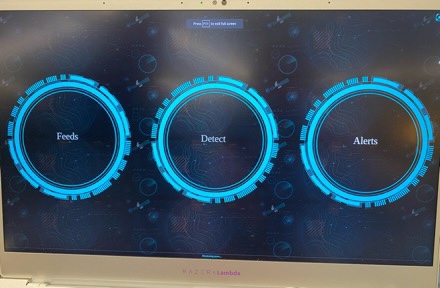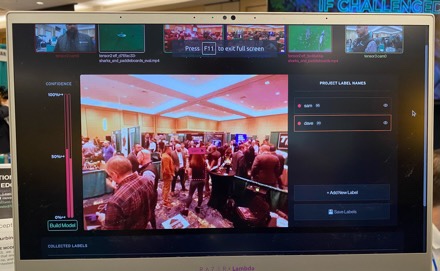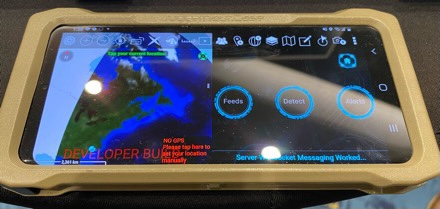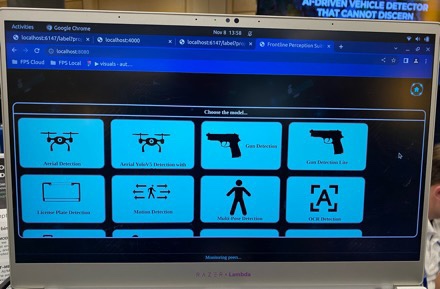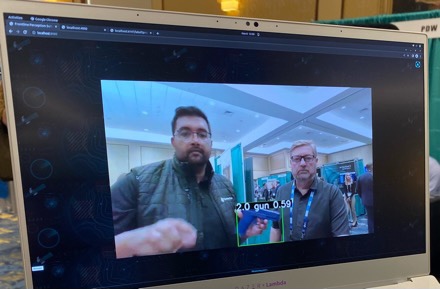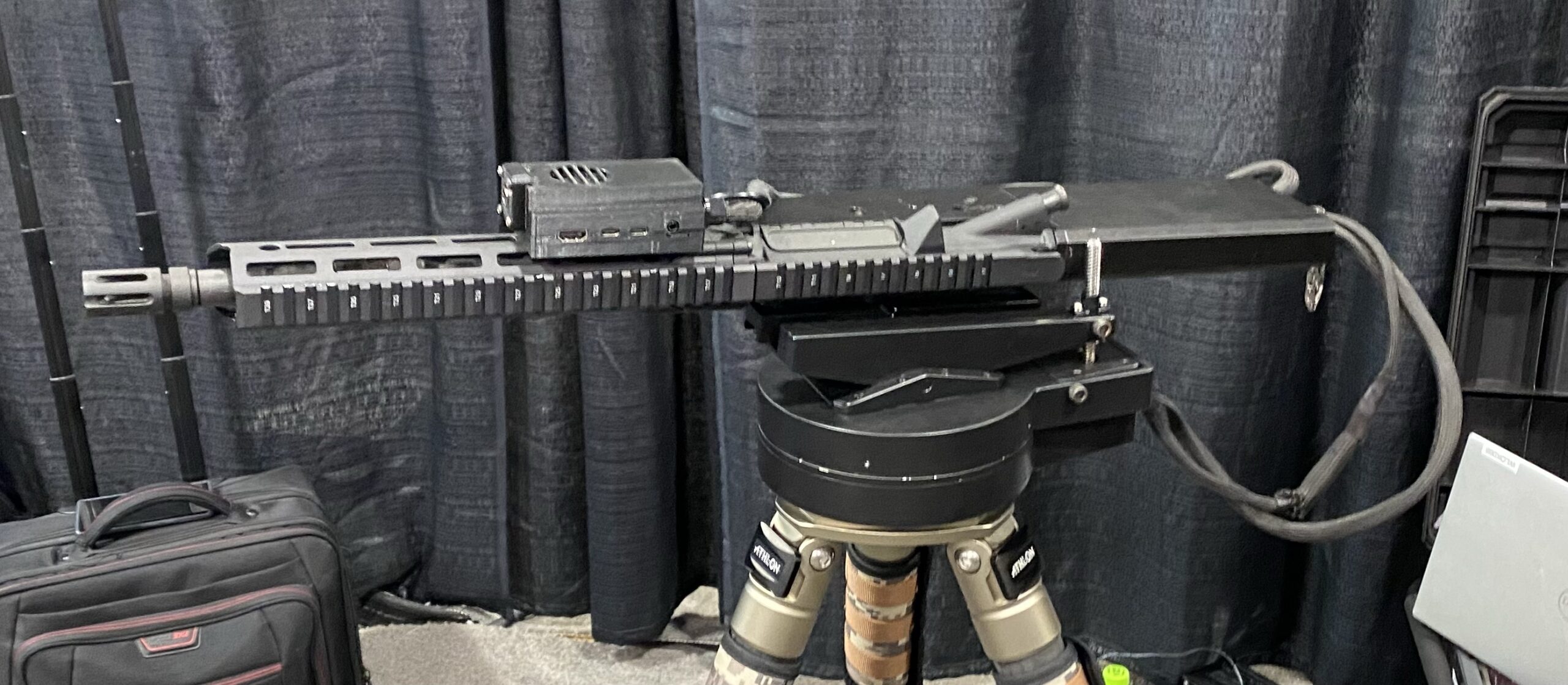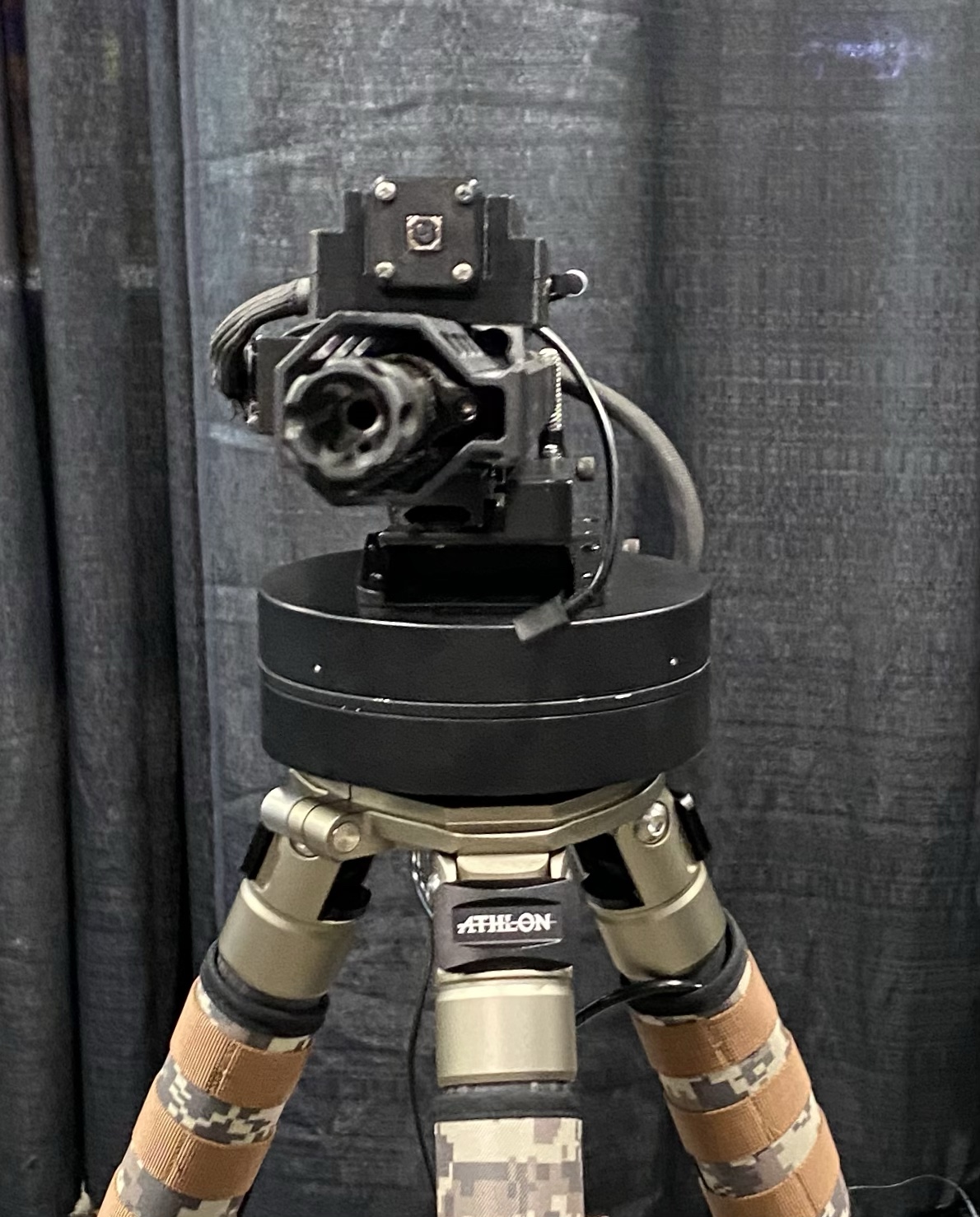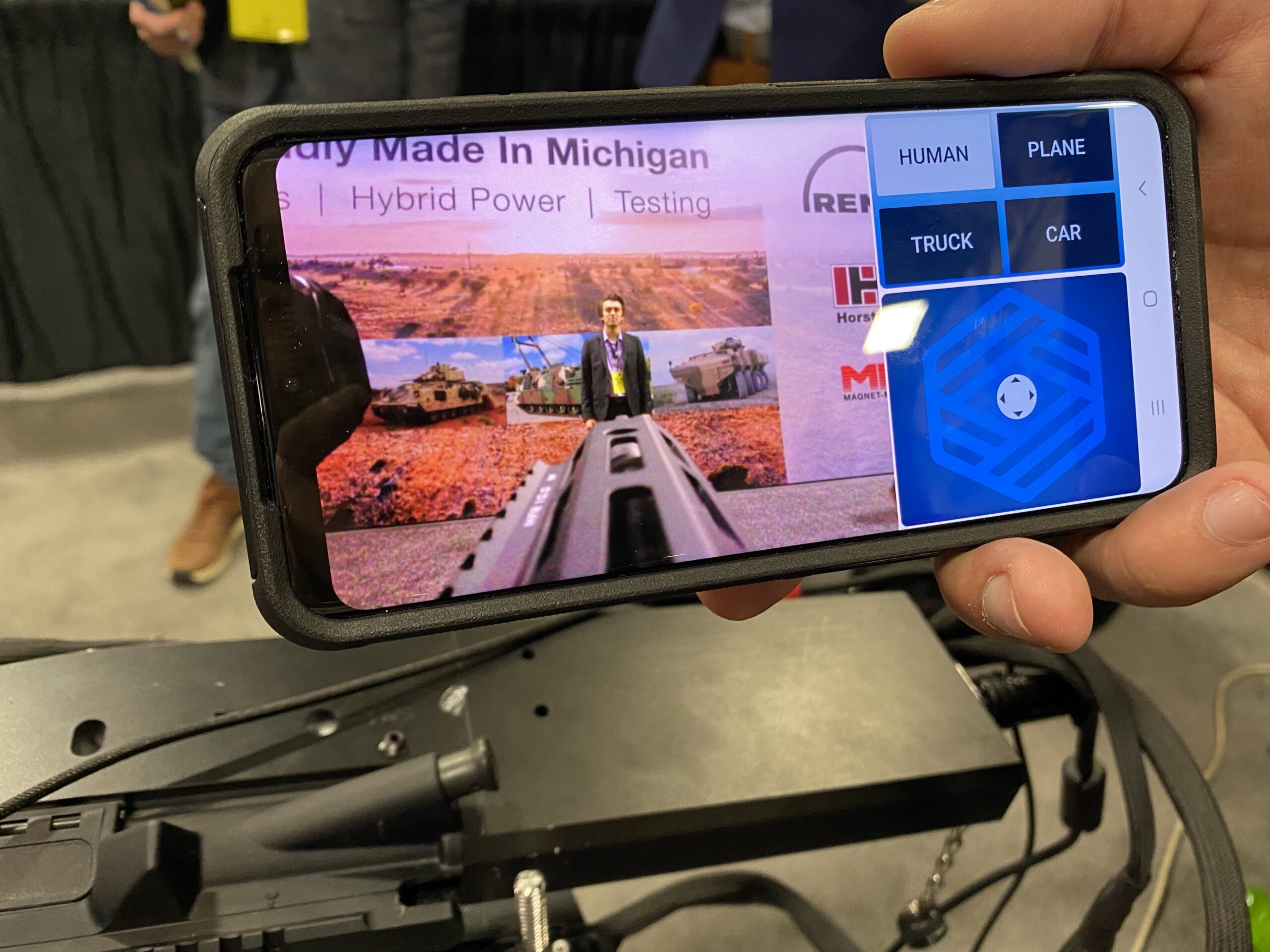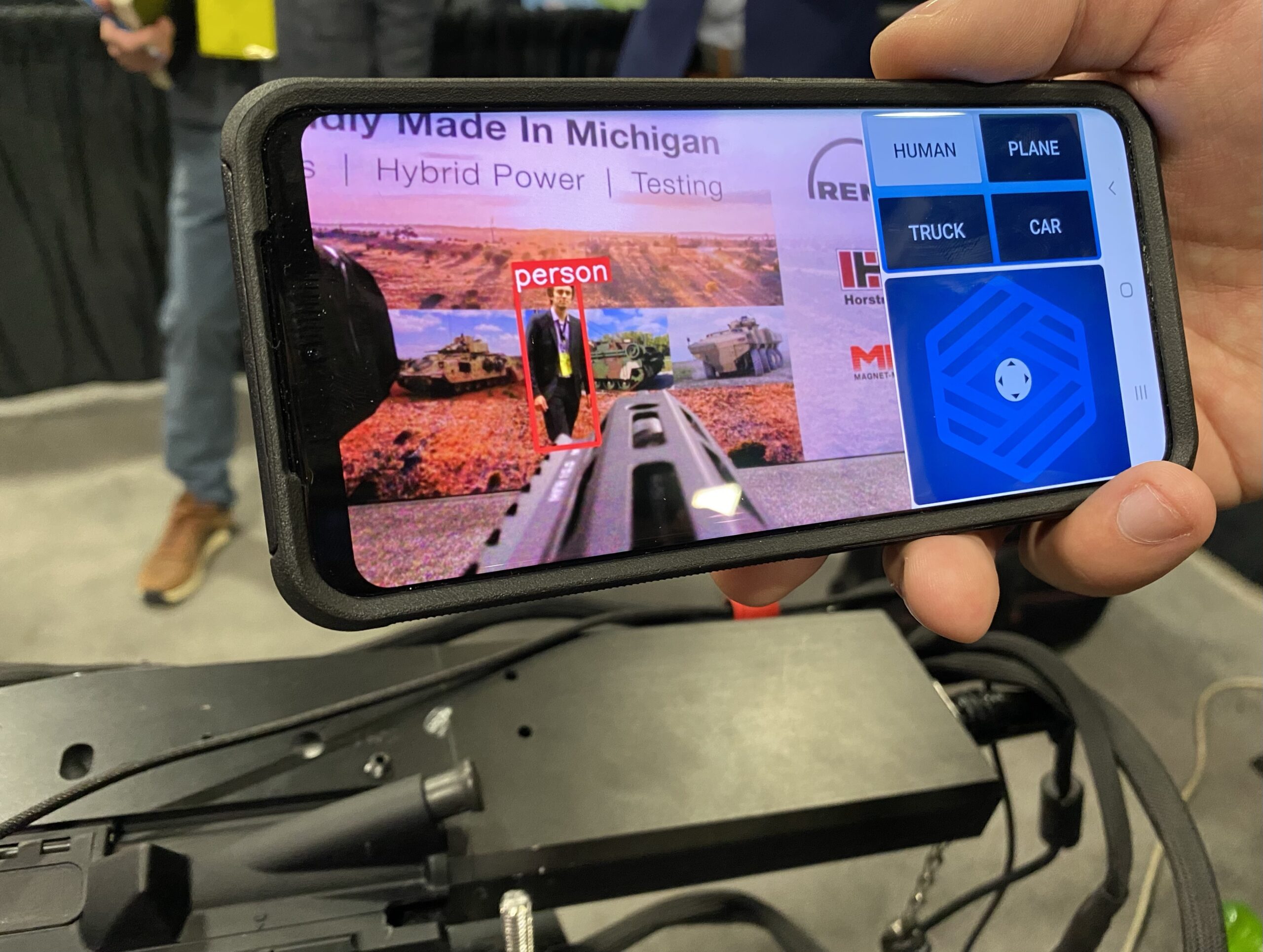Accrete’s dual-use AI solution for open-source threat detection, Argus, will enhance DoD’s intelligence competitiveness and bolster U.S. national security

NEW YORK, Nov. 17, 2022 — Accrete has secured a five-year multi-million dollar Production Operational Technology (OT) software licensing contract from the U.S. Department of Defense (DoD) for Argus™, Accrete’s highly configurable, dual-use open-source threat detection AI software solution, worth tens of millions of dollars. The exact contract value and deal terms cannot be disclosed per government guidelines.

Argus continuously analyzes the open-source web to predict anomalous and nefarious behavior hidden in plain sight. Argus performs work that would otherwise require thousands of intelligence analysts at an estimated cost of hundreds of millions of dollars a year in areas critical to national security such as supply chain risk management, vulnerability research, intellectual property theft, social media intelligence, insider threat detection, and anti-money laundering. Argus reads, understands, and learns from an exploding universe of dynamic, unstructured data, including news, blogs, think tank publications, strategy papers, social media chatter, financial filings, microprocessor manuals, and binaries in multiple languages. The AI software automatically extracts, normalizes, and maps relationships between entities, models influence, and surfaces behavioral anomalies indicative of potentially illicit activity that are too complex for humans to identify.
“We are at the dawn of an entirely new type of conflict, driven by rapid advances in artificial intelligence. Whereas nuclear proliferation threatened entire populations, AI proliferation individualizes warfare by manipulating targeted groups through digital means. Using AI, bad actors can propagate disinformation to exploit ignorance and weaken civil society causing billions of dollars of damage to the U.S. economy,” commented Prashant Bhuyan, Founder, CEO, and Chairman of Accrete, Inc. “As a prime defense contractor licensing configurable dual-use AI software directly to the DoD, Accrete is in a unique position to scale its business with the Defense, Intelligence, and Special Operations communities, as well as other government and enterprise customers, and bolster national security as well as intelligence competitiveness in previously unimaginable ways.”
In 2020, the Defense Innovation Unit (DIU), which former Defense Secretary Ashton Carter established in collaboration with former Google CEO Eric Schmidt to strengthen U.S. national security by accelerating DoD adoption of commercial technology, awarded Accrete with an Other Transaction Authority (OTA) Prototype contract after Accrete outperformed 65 other companies in a competitive review. The DoD accepted the Argus prototype within 15 months, and Accrete worked closely with the DIU and the DoD to transition the OTA Prototype contract into a first-of-its-kind multi-year Production OT AI software licensing deal.
William Wall, who leads Accrete’s federal sales subsidiary, Accrete AI Government, and formerly served as a U.S. Special Forces Lieutenant Colonel and with the Joint Special Operations Command (JSOC), said, “We are extremely excited to announce this award, especially as this is the first production OTA that our DoD customer has ever awarded. There are very few start-up technology companies that successfully navigate the extremely challenging OTA process through prototype acceptance and transition into a multi-year production OT software licensing agreement. Our success is a testament to the efficacy, scalability, and configurability of our AI technology and, more importantly, to our employees’ relentless focus on providing solutions that are tightly aligned with end-user requirements. As we continue to scale, Accrete looks forward to providing its growing customer base with powerful dual-use AI solutions that not only drive efficiency through the automation of analytical work but also produce mission-critical insights beyond human capacity.”
Zachary Smith, Accrete AI Government’s Program Manager and retired special agent who spent most of his 23-year Air Force career focused on countering human, technical, and cyber-based threats, observed, “Based on Argus’ blazing speed and scale, in seconds, analysts will be able to research and visualize complex relationships that would have taken at least a month of steady research and annotation. Within the framework of the DoD’s acquisition risk review process, Argus will enable supply chain risk analysis to be more efficient and effective while delivering enhanced value at a lower cost per insight.”
Accrete’s continuously learning AI technology enables the templatization of analytical workflows. Templates such as Argus for Threat Detection learn from sparse data and are configurable for use cases including supply chain influence, social media intelligence, reverse engineering, and logistics disruption for both government and commercial customers. In addition to helping the DoD predict bad actors that may be intentionally obscuring identities to influence the supply chain, Argus has also been enabling the U.S. Air Force to reverse engineer binaries from microprocessor manuals to detect vulnerabilities in firmware.
Accrete’s dual-use AI solutions have also been proven in industry, including media and entertainment companies automating talent scouting to predict emerging talent from social chatter; insurance brokers automating lead generation to find the shortest path to the hottest lead; private equity and venture firms automating pitch deck review through smart table extraction; and automobile dealerships automating the writing of marketing content.



